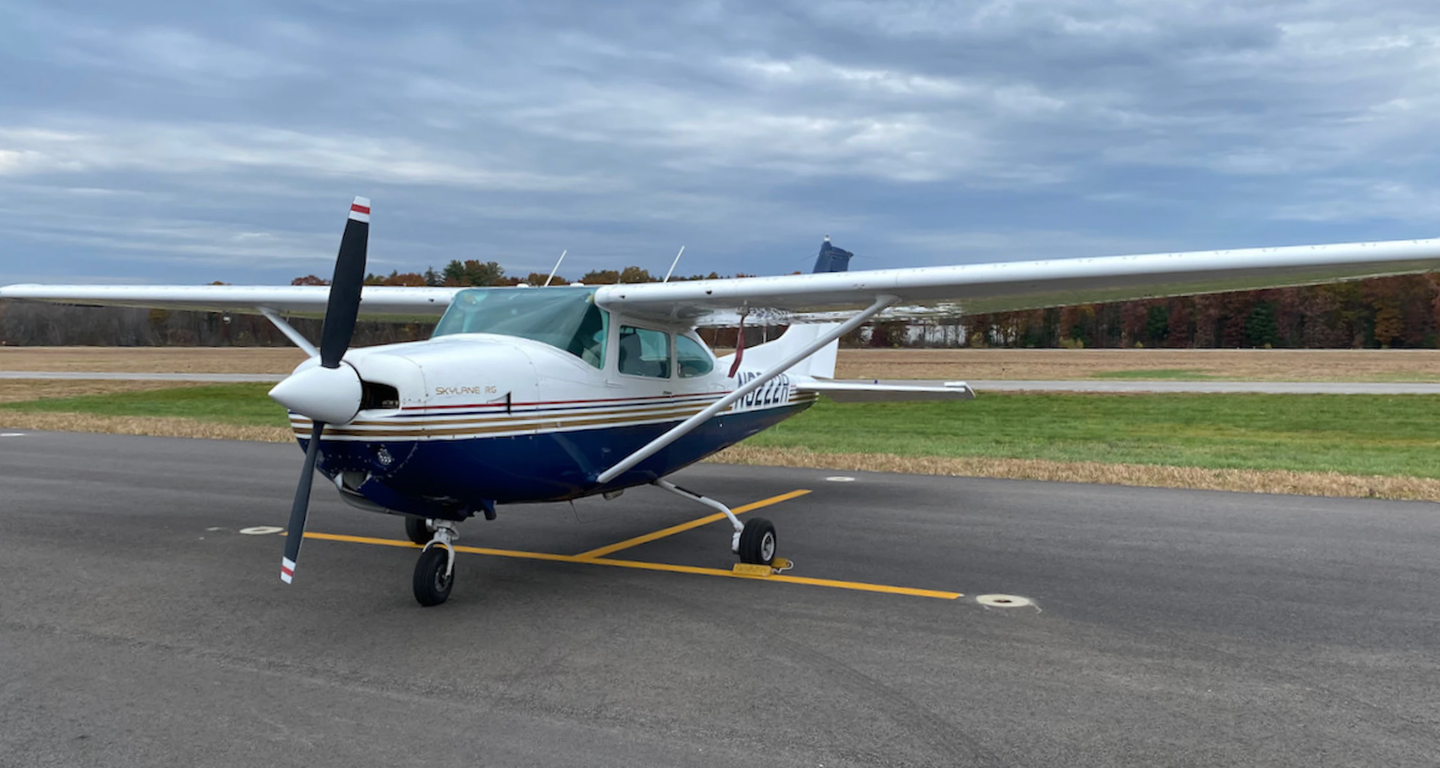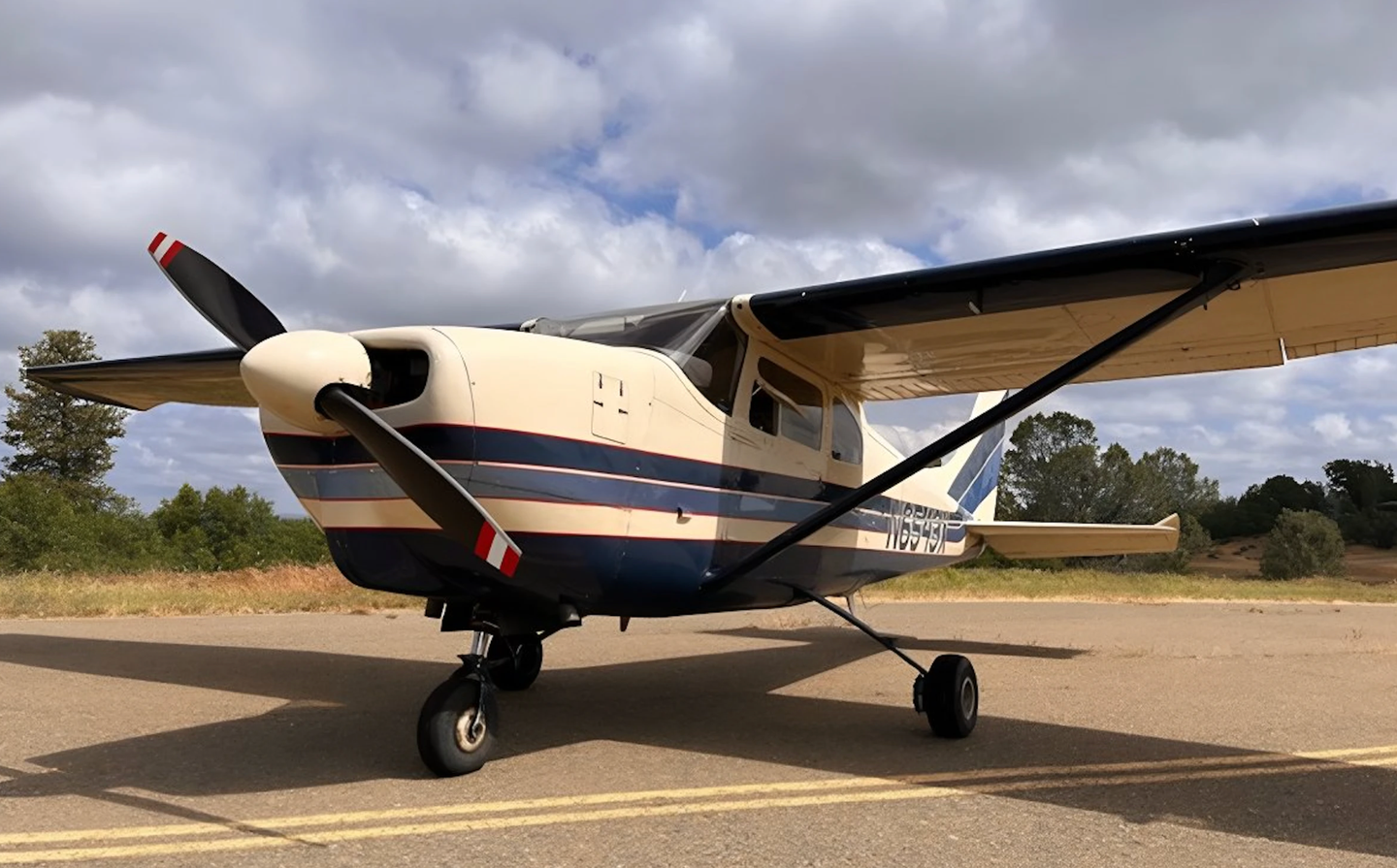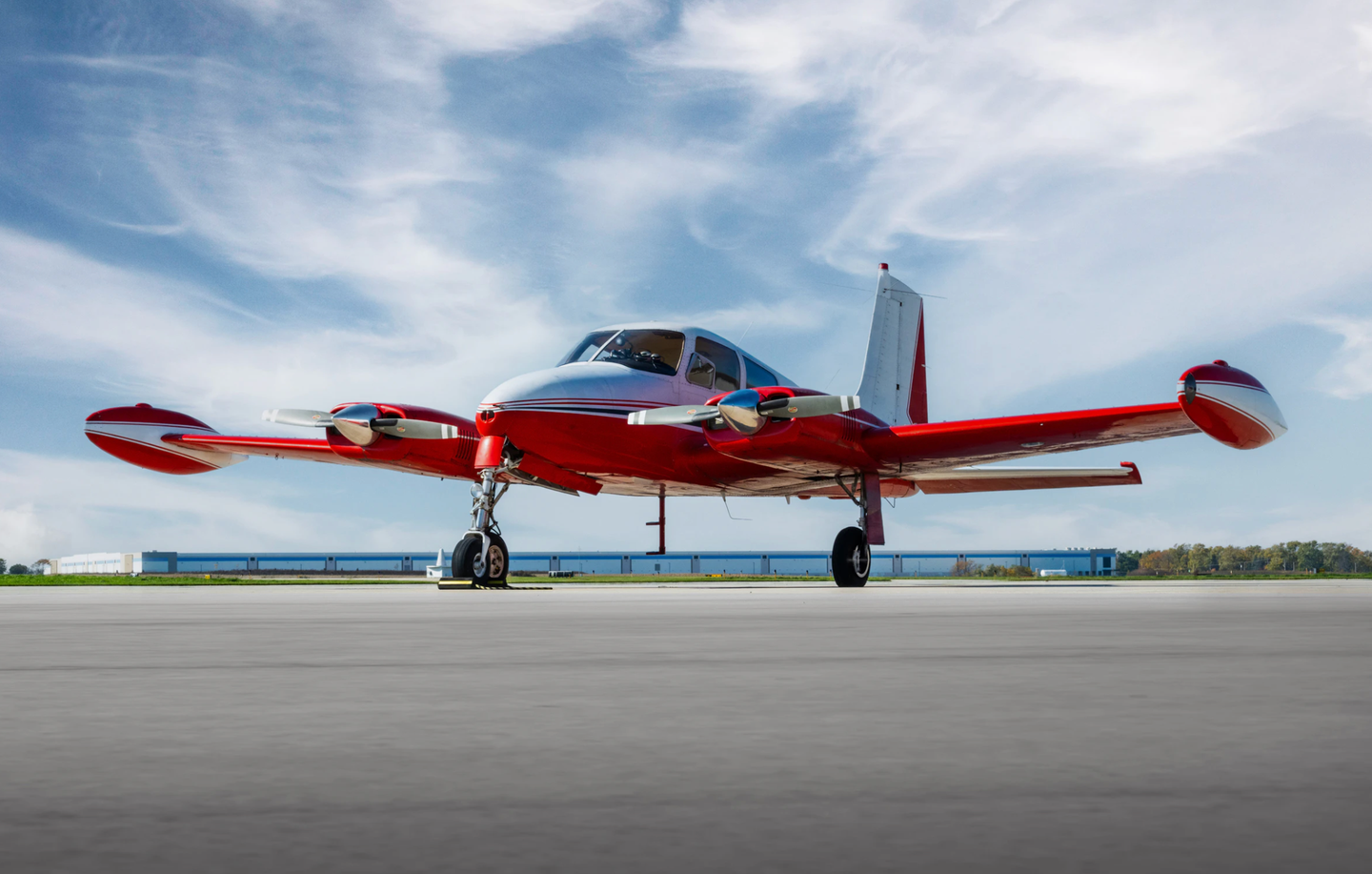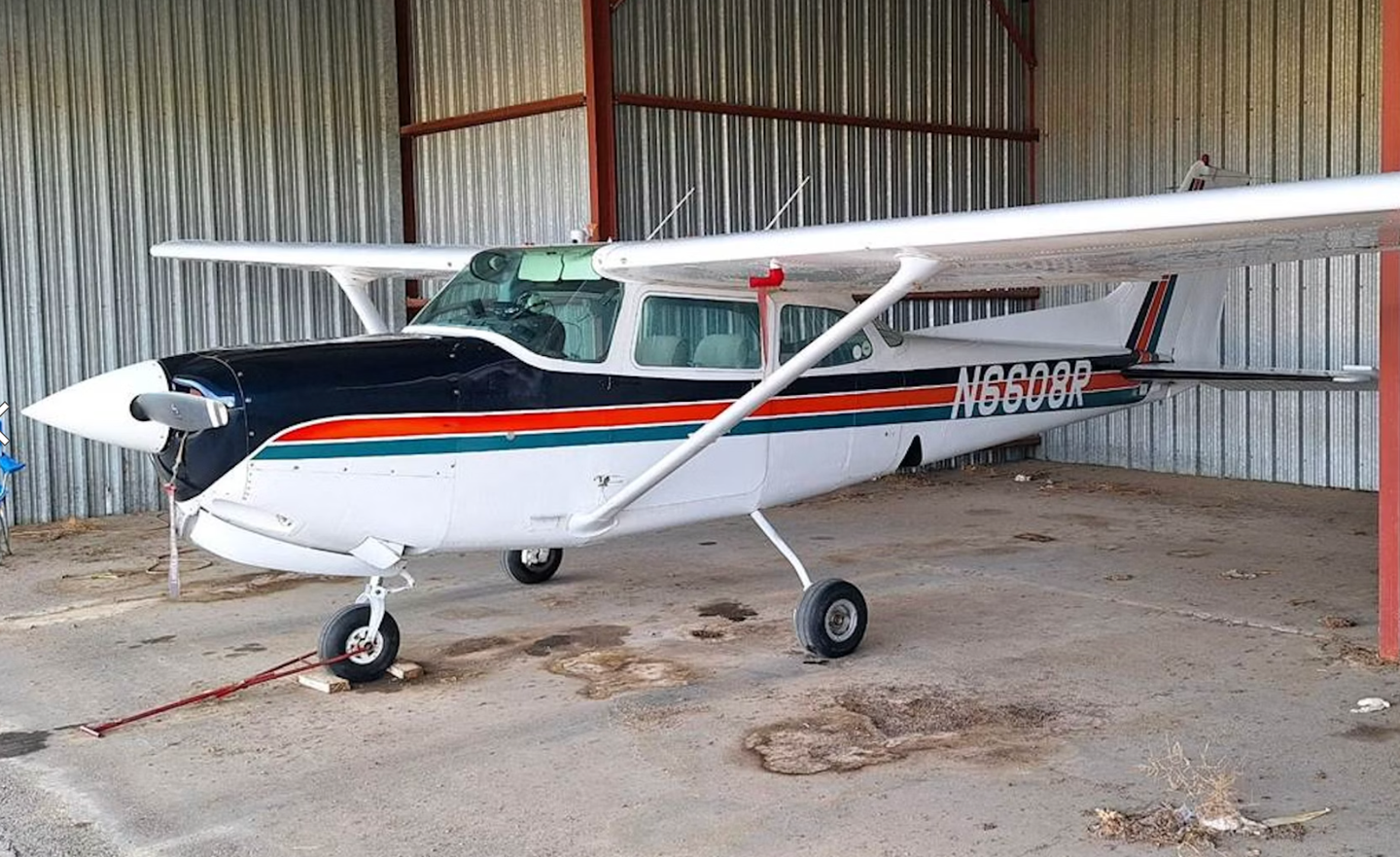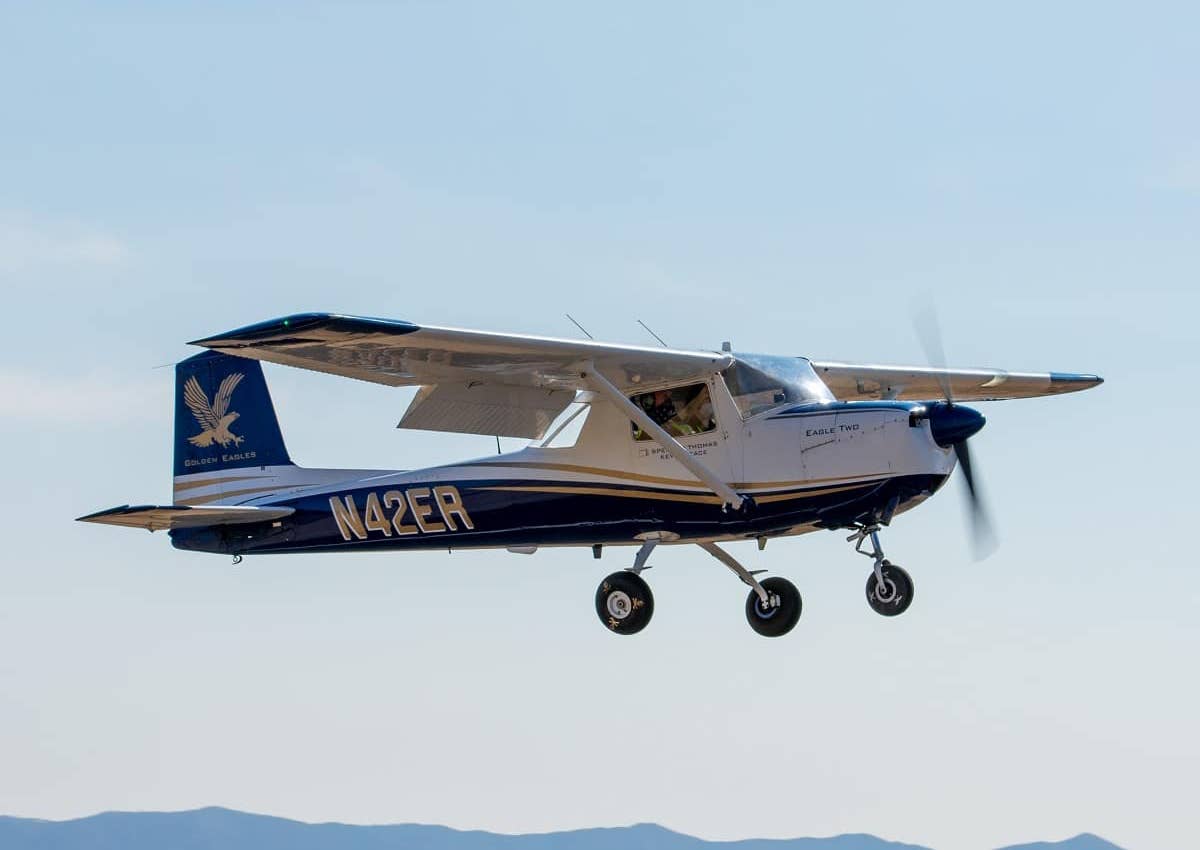Citation Step-Up Magic
Cessna’s new citation M2 upgrades performance, value and features
 |
Cessna understands the old wisdom that when you reduce the price, you appeal to new buyers, and when you add performance, old customers upgrade. The new Citation M2 demonstrates that seriously good things happen when you can do both. The story starts back to 2009---only two years after the first customer delivery of the Citation Mustang at a time when hype over the VLJ market was winding down. That was the year that Cessna first encountered stiff competition from the entry-level Phenom 100. With performance numbers closer to the CJ1+ and a price tag about $1 million dollars less than the CJ1+, the new Phenom quickly ate into a market niche long dominated by Cessna. The result wasn't hard to understand. CJ1+ sales plummeted, and in 2011, the CJ1+ quietly disappeared from the Cessna sales brochures. At the same time, there was lively speculation among Mustang owners about how Cessna might create an upgrade path for the Mustang. Some favored an upgrade to the Mustang design with a higher-speed wing, more powerful engines and maybe a stretched fuselage. Others argued that a better option was to somehow revamp the popular time-tested CJ design to add a bit more speed and new avionics. We'll never know how the discussion went inside of Cessna, but with its slightly larger airframe, the CJ1+ was well suited to recapturing market share and won out as a way to bridge the Mustang and CJ product lines. The primary goals were to pull at least $1 million out of the price and to increase performance while creating a clear upgrade path for existing Mustang owners. That meant controlling costs by minimizing unnecessary changes to the airframe. It wasn't easy, but Cessna nailed it, and the result is an airplane worthy of a whole new name: the Citation M2.
How Do You Improve An Already Great Airplane?
So, how do you minimize changes, reduce costs and make a better airplane all at the same time? Cessna wisely listened to the voice of the customer by forming an advisory committee of Mustang owners to develop a list of "must-haves" for the new product. Owners particularly love the simple systems and ease of operation enabled by the Garmin G1000, and they clearly wanted to move up to another Garmin system. So, an early decision was made to outfit the M2 with the next-generation Garmin G3000 system. Replacing the Collins Pro-Line 21 system in the CJ1+ with the Garmin system helped achieve the first goal by pulling nearly enough cost out of the airplane to get to the $1 million reduction in price, while providing a weight savings of about 110 pounds! Owners also wanted a 400-knot cruise speed, more range, a heated windshield and two more seats than the Mustang, along with an extensive list of suggestions to make the plane more comfortable. The devil is in the details, and that process helped produce what just might be the best light jet in its class.
 |
First Impressions
It has been a while in the making, so I was excited to be invited to fly the very first M2 with a full production interior and the ink barely dry on its new RVSM certification paperwork. That means that we could climb above FL280 to see how the airplane performs on a real mission in the real world. I've been flying a Citation Mustang for over five years, so I fit the profile of an upgrade customer pretty well, and I was eager to see how the new M2 compares to the Mustang. We met in Boulder City, Nev., just to the east of Las Vegas, for a photo mission, with a plan to fly to Sedona for more photos before heading to Van Nuys and back to Boulder City. That would provide time to get to altitude and to sample operations in busy airspace.
On the ramp, the M2 might easily be confused with a CJ1+, but as you walk up to the airplane, the first things that jump out are the winglets. They look sleek and futuristic with about 100 knots of ramp appeal. Cessna tells us that they were designed to minimize impact on the wing structure so they have little aerodynamic advantage---still, ramp appeal is something that pilots love, and the new look seems well worth the six pounds they add. A quick walkaround reveals that the rest of the airframe and basic systems are very close to the old CJ1+. Ice protection is provided by hot wings and by deice boots on the elevator. The forward baggage area is only slightly smaller with capacity for 400 pounds in 12.9 cubic feet. The spacious rear compartment can handle another 325 pounds in 32.7 cubic feet. The gear, flaps and speed brakes use the same reliable hydraulic systems as in other CJs.
For our first leg from Boulder City to Sedona, I had a chance to sample the ride in back. The main entrance is through the standard CJ door with a 24-inch base that tapers to 20 inches at the top. Dual seals, one inflatable and one passive, have a proven record of reliability. As you step through the door, you're surrounded by rich wood and fine leather in a bright environment equipped with a modern LED lighting system. In back, the four fully adjustable club seats are comfortable enough for even the longest trip. The windows are large, and in the rear of the cabin, there's an enclosed, belted lav with lots of storage room for things you might want to access during a flight. The forward bench-style jump seat can also be belted, so a total of eight people can be accommodated. The cabin tables fold out of the sidewalls and are very usable for anyone who wants to get a little work done during a trip. There's even an electronic passenger briefing system and a six-place intercom that allows easy communication between the passengers and crew. Pushing the "hail" button lets the crew know that you have something to say, so that they can activate the rear intercom system. This is a welcome improvement over the Mustang where my kids toss banana peels at me to get my attention! The cabin also features two 110 VAC outlets. The optional Clairity Wireless system provides flight maps, SiriusXM Radio and in-flight streaming of audio and video. There's also an option for inflight Internet. We tried it by uploading M2 photos to Plane & Pilot's Facebook page while in flight, and it worked great. Cessna explained that the domestic bandwidth is good enough for email and most types of browsing. The service isn't inexpensive, but it's available for those who want it.
The Williams FJ44-1AP engine delivers 1,965 pounds of thrust and claims to be the quietest engine on the market. Indeed, I found the ride to be extraordinarily quiet with less of the high-pitch whine found in the Mustang. Normal conversation without a headset is very comfortable. Interestingly, the engine is basically the same medium-bypass engine used in the CJ1+ with new FADEC software that enables better performance at altitude. A "simple" software tweak was all it took to provide the extra thrust needed to achieve the target 400 KTAS performance number---that's keeping it simple!
 |
Jump Into The Cockpit
Cessna really paid attention to owner comments about the importance of a comfortable cockpit, and without a doubt, the M2 cockpit is among the most accessible and comfortable in the whole CJ line. The central throttle pedestal has been lowered and shortened considerably to make it easy to climb into the front seats. Forget about the gymnastic moves needed to get into the old CJs. The seats themselves are the latest highly adjustable seats borrowed from the CJ4 that provide leg support with a cutout for control column movement. The cockpit dividers have been repositioned, and the cabinets tapered to allow for extended seat rails and reclining seats. I have long legs, and I found that I could quickly adjust the position and angle of the pilot seat to my liking. Headroom is really impressive and should accommodate even the tallest pilot. Ample armrests incorporate two forward, out-of-the-way cup holders, as well as USB charging stations. There's even a push-to-talk switch built into each armrest, so you don't have to grab the yoke to respond to an ATC call. Another nice detail that exudes quality is the leather-wrapped control yoke. There's a rubber-padded spot that fits an iPhone just above the throttles. The whole thing feels just right, and it looks like a design lifted out of an Italian supercar.
My Cessna copilot for the day, Alex Unruh, explained that one thing missing in our demo plane is the new M2 windshield. Research showed that Mustang owners consider a heated glass windshield a very important feature in their next airplane. This eliminates the noisy bleed-air deicing system and doesn't require defogging during descent. Because of the contours required, the new windshield will still be acrylic.
 |
The New Garmin G3000
Our flight out of Sedona was planned south to the Phoenix VOR and then to KVNY via airways to give us enough time to climb to altitude before descending into the L.A. area for arrival. Before starting, we took some time for an introduction to the G3000. Since the M2 has a separate 16Ah battery for powering the avionics on the ground, we had plenty of time to do a brief tour and get set up. Alex explained that along with the 42Ah main ship's battery operating in parallel, there was enough time to run the avionics for up to an hour in flight in the unlikely event that both generators go offline. If you have a really bad day, there's a Trilogy backup attitude indicator with its own internal battery.
 |
The G3000 incorporates dual touchpads that are easily accessible from either seat for data entry. I've been a long-time G1000 user and an occasional GTN 750 user, so the touch-pad's soft interface seemed very intuitive and familiar. Radio frequencies can be typed or dialed in (when it might be a bit bumpy). Loading a flight plan through the keypads is pure GTN 750. The menu-driven logic is only slightly different than the G1000, but easy to figure out for anyone familiar with Garmin systems. The aircraft preflight items couldn't be simpler. There's an "initialization" page with a number of test items that replace the physical "rotary test" in the Mustang. Simply work through the items one at a time and press "accept initialization" at the end of the process, and you're ready for start. Alex explained that full takeoff and landing performance data will be available in a future software release, so this time, we computed our V-speeds using the book. Today, V1 would be 104 knots and Vr would be 105 knots.
The G3000 does incorporate a few really nice features that will be new for G1000 users. First, all of the PFD and MFD screens can be split. It's easy to set up the pilot's PFD with onboard radar showing on one side and the flight data on the other. The copilot can be looking at a chart next to flight data. With four configurable sub-screens, you can view anything and everything you might need---all at the same time! It's even capable of playing video, which, once certified opens doors for future features such as EVS---just don't even think about watching a movie! The good news is that SiriusXM Radio is available in the cockpit; a feature I consider a must for staying entertained and alert on long solo flights.
Speaking of onboard radar, the new GWX-70 onboard radar is fantastic! It still has a 12-inch dish, but the display now overlays the normal map page. That means that returns can be superimposed on terrain data, which makes it trivial to separate ground returns from weather. During our flight, we scanned a mountainous area, and it was amazing to see just which peaks we were painting. You're done guessing about ground returns like you have to do on the G1000.
 |  |  |
Another eagerly anticipated feature in the G3000 is user-defined holds. This has long been a standard feature of more advanced FMS-driven navigators, and Garmin has finally caught up. The interface is simple and easy to use. With a little practice, it's possible to enter a hold almost as fast as a controller can give it to you.
Vertical navigation capabilities have been improved, as well. The G1000 does a pretty good job with arrivals and approaches, but the G3000 will also manage the climb profile on a SID. Simply navigate the SID, manage the power, and the G3000 will handle the crossing altitudes and set target speeds through the FLC and VNAV features on the GFC 700 autopilot. Mustang pilots are used to manually setting climb speeds for changing flight levels. The G3000 simplifies the process even further. When you take off, the system knows where you are and sets your FLC speed below 200 knots. As you climb out of the terminal area, FLC resets to the normal climb speed of 220 knots. Around FL 250, the system automatically switches to a constant Mach climb speed of 0.54M. When you descend below 10,000 feet, the system resets the FLC speed to 250 knots and slows to below 200 again in the terminal area. This is a nice feature for single pilots---particularly when things get busy. You can also dial in a standby altimeter value when you pick up the local setting. As you descend through FL 180, you just press the "Baro" knob to activate the standby setting. It's so intuitive that you have to wonder why it wasn't done this way in the first place! Finally, pressurization control is now fully automatic using the flight plan destination. You don't set anything---zero, nada, zilch. Simply enter your flight plan, and you're done. Other than monitoring the cabin altitude, it's completely automatic. Only an unpressurized airplane is simpler.
 |
Flying The M2
With FADEC, startup is super easy. Just set the brakes, push the starter button and lift the throttle over the gate to the idle position. All you have to do is monitor the gauges while the computer does the rest. Power settings are reduced to simply setting the throttles in preset detents. For takeoff, push the throttles to the takeoff detent and hang on. Acceleration is even more brisk than the Mustang---you definitely get pushed back in the seat, and the V-speeds come up pretty fast. The nose sits a little lower than the Mustang, so it takes a more positive pull on the yoke to rotate. Under standard conditions, at max takeoff weight, the M2 has a balanced field length of only 3,250 feet, so it can easily use many smaller runways. Once in the air, raise the gear, bring up the flaps, engage the AP, press the FLC button on the AFCS to bring up the target airspeed schedule on the flight director, run the after-takeoff checklist, and you're on your way.
In flight, the handling of the M2 is still CJ1+. It feels a bit bigger and more substantial than the Mustang, but it's not enough to matter. It takes off, flies, handles and lands pretty much like a Citation. The only minor differences from the Mustang are that at altitude, it doesn't cruise at such a high angle of attack (more power does wonders) and during landing, the attitude is just a bit flatter. It won't take much for any experienced Mustang pilot, or any other Citation pilot for that matter, to feel totally at home.
Once in the air, the performance is stunning. We took off from Sedona at an altitude of about 4,800 feet and climbed directly to FL400 in only 20 minutes and 30 seconds at a little over mid-weight. Once at altitude, we quickly accelerated to 390-398 KTAS at ISA-1, drinking about 730 pounds/hour. Alex explained that the M2 will reach its best speed between ISA +3 to +5 in the low- to mid-30s, so I was very impressed by the performance up at FL400. This is a big improvement over the Mustang---and even the CJ1+. It didn't take long before ATC cleared us to descend to FL340 for our arrival into the L.A. area. Once stabilized at FL340, the speed increased to 408 KTAS (0.70M) at a total fuel flow of 950 pounds/hour. The speed settled right under the bottom of the barber pole, and a couple of times, I had to pull the throttles back to avoid exceeding Mmo (0.710M). The M2 clearly reaches its advertised performance numbers, which are a good 60-70 knots faster than the Mustang. Climb to FL 410 and the range stretches to a respectable 1,300 nm. This is impressive performance.
 |
It was busy coming into the L.A. area, but I found the G3000 to be a great tool to simplify the process. The weather was clear, so we accepted a visual approach to 34L where my first M2 touchdown felt pretty good. At 50 feet, simply close the throttles, hold the nose up and let the trailing link gear do the rest. It's not hard to make greasy-smooth landings---that trailing link will put a smile on your face every time! After all the wheels are on the ground, simply pull the flap lever over the gate to activate the speed brakes and bring in 60 degrees of ground flaps. Powerful anti-lock brakes allow the landing distance to be as little as 2,640 feet even at max landing weight. I found the visibility and handling on the ground to be excellent for taxiing in close quarters. Shutdown is very simple. Turn off the environmental systems, switch off the lights and close the throttles. After things spool down, turn off the master battery switch and the standby instruments, and you're done.
The M2 is still a 525 series Citation, so anyone stepping up from the Mustang will have to go through the type-rating process again, but that shouldn't be a big deal for anyone with a little jet time. Customer deliveries started in December 2013, and the first new owners have already been through the new simulator at FlightSafety. The M2 is a clear step up in performance for Mustang owners or anyone looking for a state-of-the-art eight-place jet. At a 2014 base price of $4.5 million, Cessna definitely pulled off a magic trick, meeting all of its goals and setting new standards in terms of design, quality, performance, features and value. Cessna has a long history of raising the bar, and once again, it looks like it's "game on" for the competition.
Training For The M2 |
 FlightSafety International is Cessna's chosen training provider for the M2, and just as the M2 is a completely revamped and upgraded airplane, so is the training program that goes with it. The folks at FlightSafety have incorporated the lessons learned from the Mustang to create a whole new program that focuses on flexibility and customer success. FlightSafety International is Cessna's chosen training provider for the M2, and just as the M2 is a completely revamped and upgraded airplane, so is the training program that goes with it. The folks at FlightSafety have incorporated the lessons learned from the Mustang to create a whole new program that focuses on flexibility and customer success.
Customers coming into the program might range from piston-single pilots to those typed in other jets, as well as pilots already typed in the 525 series Citations. For those with little turbine time and with at least 600 to 1,000 hours, there's a three-day Citation M2 Prep Course, which includes 11 hours of ground and six hours of simulator time. This course is designed to prepare new jet pilots for formalized simulator training and to get them up to speed for the type-rating process that happens in the initial training course. For pilots already typed in the 525 series, there's a two-day "indoctrination" course that focuses on the differences between the M2 and other 525 Citations---like the CJ1+, CJ2, CJ3 and CJ4. Much of the course focus is on the new G3000 avionics system. After completing the indoctrination course, participants can take the three-day M2 "recurrent" course, which includes 11 hours of ground and eight hours of simulator time. For everyone else---mainly those with other jet ratings who are looking to add a C525 type rating in the M2---there's the 16-day initial M2 type pilot training course. This course includes 38.5 hours of ground school and six hours of systems integration training using a standalone G3000 graphical flight-deck simulator. Pilots then transition into 14 hours of pilot flying time in the FAA-approved Level-D M2 simulator. FlightSafety also offers numerous online courses, and world-class training materials that can be reviewed and completed before you even show up. There's nothing like starting the process well prepared. The type-rating process can be challenging, but FlightSafety aims to make it something to look forward to. Whether you're looking for a single pilot or a crew rating, be prepared to learn all of the aircraft systems, avionics, flight-planning tools and emergency procedures. You'll need to show up instrument proficient with the understanding that you'll be expected to fly to ATP standards by the time you complete the training. At the end of the process, you'll take an oral exam with a Training Center Evaluator (TCE), which typically lasts from two to four hours, covering the aircraft systems, memory items and flight planning scenarios. After that, you'll take a checkride in the simulator that typically lasts about 1.5 hours and includes engine-out procedures, numerous instrument approaches, stalls and other performance maneuvers. If you're new to the world of jets and you do your first rating as a crew, you get to do everything with a copilot, which can be a big help. When you go for the single-pilot rating, you're on your own, so it helps if you have a little experience under your belt. Simulator time is always "problem time," and it takes some practice to handle it all when things start to pile up---particularly when you're on your own. It might sound daunting, but the folks at FlightSafety know how to make sure that every student is well prepared to get through it---and to even have fun during the process! Yep, it's hard, but it can be one of the most rewarding things you can accomplish in aviation. |

Subscribe to Our Newsletter
Get the latest Plane & Pilot Magazine stories delivered directly to your inbox


